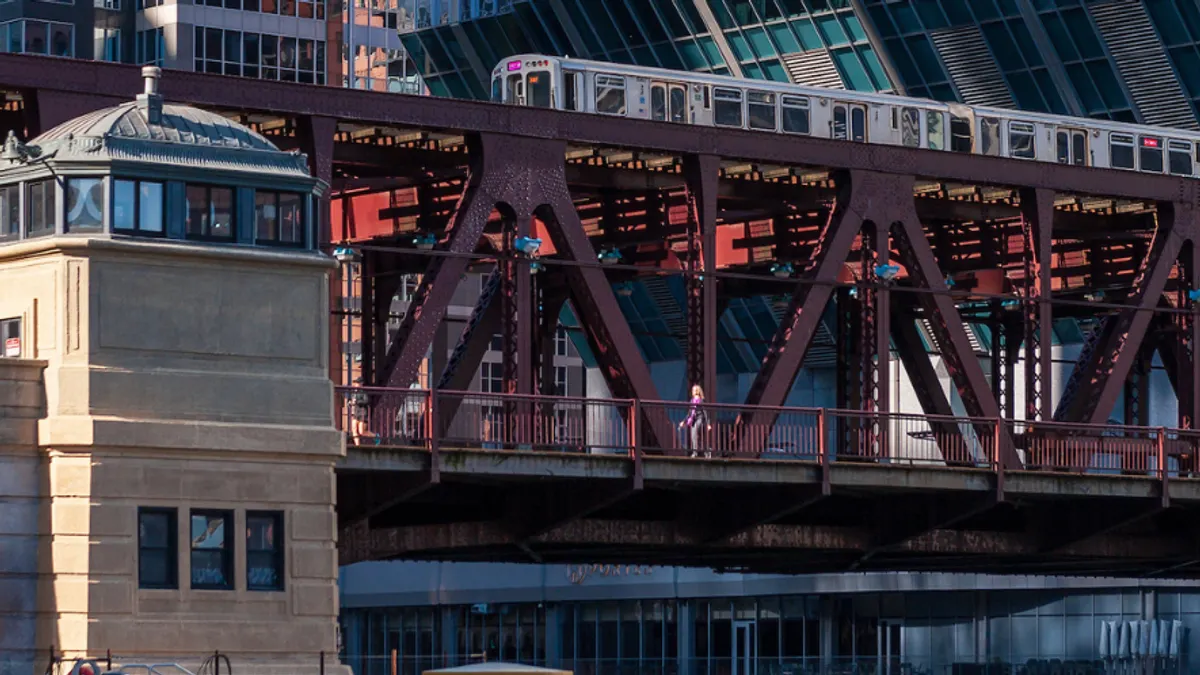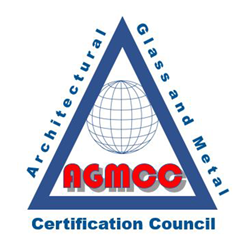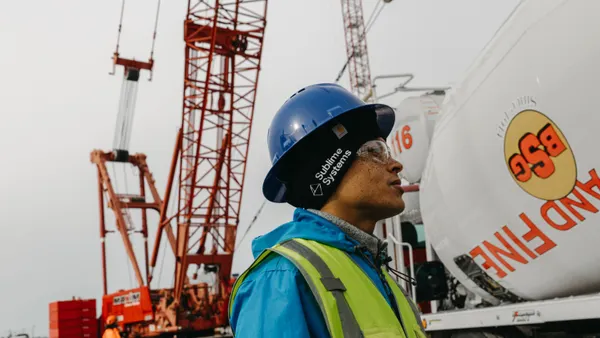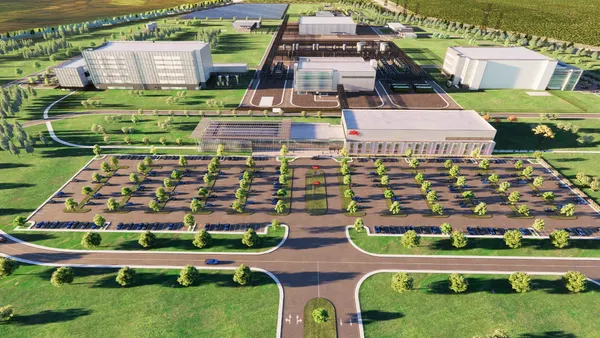This month, Granite began the $138 million rehabilitation of the Lake Street Bascule Bridge for the Chicago DOT, according to a news release from the builder.
Originally built in 1916, the structure is a landmark double-deck, double-leaf, moveable span over the Chicago River. It carries the distinction as the world’s first double-deck trunnion bascule bridge.
The bridge plays a vital role in Chicago’s transportation network, per Granite. Its lower level carries vehicles, pedestrians and Chicago Transit Authority buses, while CTA’s Green and Pink Line trains traverse its upper deck.
Granite will fully replace the span. In addition to necessary substructure rehabilitation, the construction team will change out the upper level CTA tracks and upgrade the movable bridge mechanical and electrical systems, according to the release.
To accomplish parts of the rehabilitation, the construction team will erect the new bridge leaves offsite. Each leaf will then be transported via a “float-in” during two 12-day CTA Green and Pink Line service outages in Fall 2026 and Spring 2027, per the job’s project page.
In addition, the Watsonville, California, builder will also restore the historic bridge houses, while maintaining the architectural character of the landmarks.
“This collaboration with CDOT to rehabilitate one of Chicago’s century-old, iconic movable bridges underscores Granite’s strategic commitment to the Chicago market,” said Michael Punches, vice president of regional operations for Granite, in the release. “By leveraging our specialized expertise in movable bridge rehabilitation, we continue to deliver lasting value to the City’s infrastructure.”
The project falls neatly into Granite’s wheelhouse, both in scope and in concept. In past years, the company has moved away from large megaprojects, instead opting for smaller jobs with quicker horizons, more simplicity and less risk.
Granite, which is well-versed in infrastructure and road building work, has historically been bullish on public markets, in large part due to funding from the Infrastructure Investment and Jobs Act. It has also embarked on a string of M&A deals, buoyed by growth in its backlog, profits and revenue.
Construction on the Chicago span began this month and is expected to be completed in December 2027, per the release.















